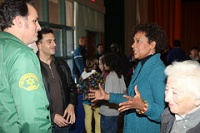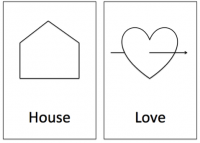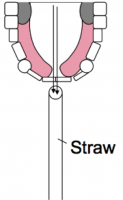
Q: My toddler-age clients sometimes fuss and cry, even scream. I know this is normal behavior for a little kid, but I am a young therapist with no children of my own yet, and I simply do not know how to handle it. Do you have advice for me? Sometimes it is the language we use that causes stubborn and uncooperative behavior. Changing our language can improve some of these situations. Let me illustrate with a story. 🙂 I was…









